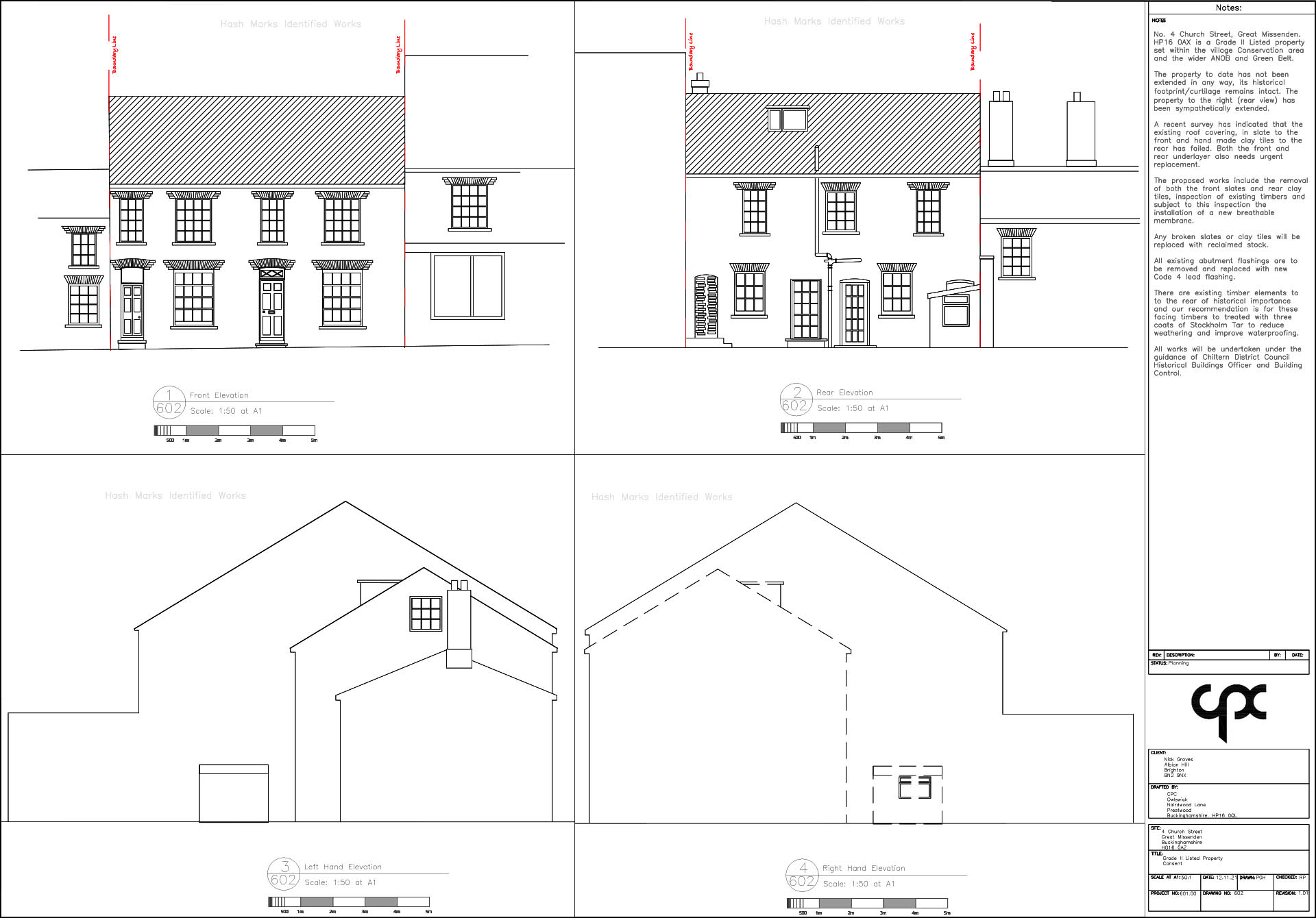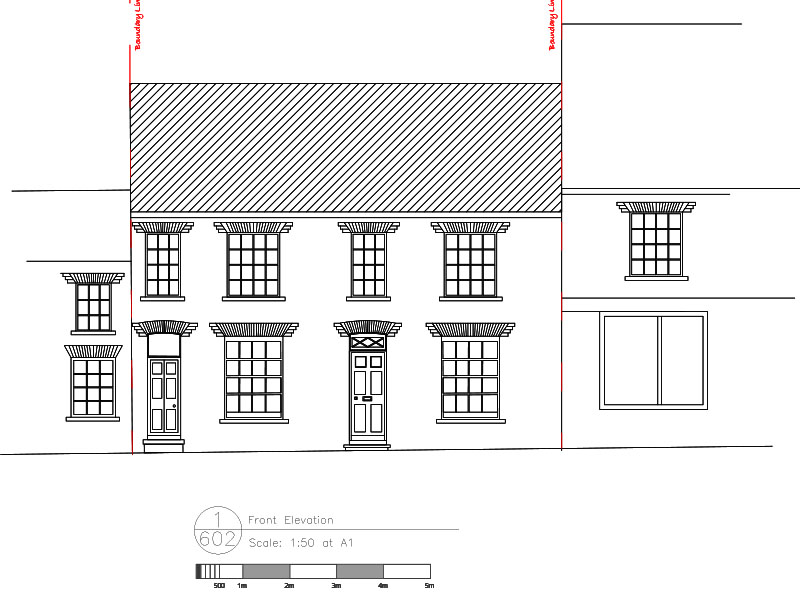Obtaining reovation rights for a Grade II listed home
What you can and cannot do.

Owning a Grade II listed property in the United Kingdom is a privilege, but it also comes with a unique set of responsibilities and restrictions. These historic buildings are protected by law due to their architectural and historical significance, which means any renovations or alterations must be carefully considered and approved. In this article, we’ll explore what you are allowed and not allowed to do when renovating a Grade II listed property in the UK.
What Does Grade II Listed Mean?
Grade II listed buildings are considered to be of special interest, warranting every effort to preserve them. These structures are typically of national importance and may have historical, architectural, or cultural significance. Renovating such properties requires adherence to strict regulations to maintain their character and heritage value.
What You Can Do:
Routine Maintenance:
- You are allowed to perform routine maintenance to keep the property in good condition. This includes repairing roofs, gutters, windows, and other essential components.
- Regular upkeep such as painting and decorating is permitted, but it’s important to use appropriate materials and techniques that are sympathetic to the building’s age and style.
- Internal alterations that do not affect the external appearance or structural integrity of the building are generally allowed. This may include updating plumbing, electrical systems, and insulation.
- However, it’s crucial to consult with conservation officers or heritage professionals before making any significant changes to ensure they comply with regulations.
- Certain alterations or extensions may require planning permission from the local authorities, even for Grade II listed properties.
- It’s advisable to work closely with planning officers and conservation specialists to develop proposals that respect the building’s heritage while meeting your needs.
What You Cannot Do:
- Making significant changes to the external appearance of a Grade II listed property is usually not permitted without proper authorization.
- This includes alterations to the facade, roofline, windows, doors, and other external features that contribute to the building’s character.
- Demolishing or substantially altering the original structure of a Grade II listed building is strictly prohibited without special consent.
- Preservation of the building’s historic fabric is paramount, and any proposed demolitions must undergo rigorous scrutiny.
- Undertaking repairs or renovations without proper consent can result in legal consequences, including fines and restoration orders.
- Always obtain the necessary approvals from the local planning authority and Historic England before commencing work on a Grade II listed property.
Conclusion:
Renovating a Grade II listed property in the United Kingdom requires careful consideration, meticulous planning, and adherence to strict regulations. While these historic buildings present unique challenges, they also offer unparalleled opportunities to preserve our architectural heritage for future generations. By understanding what you are allowed and not allowed to do, you can navigate the renovation process successfully while safeguarding the character and integrity of these treasured landmarks.



